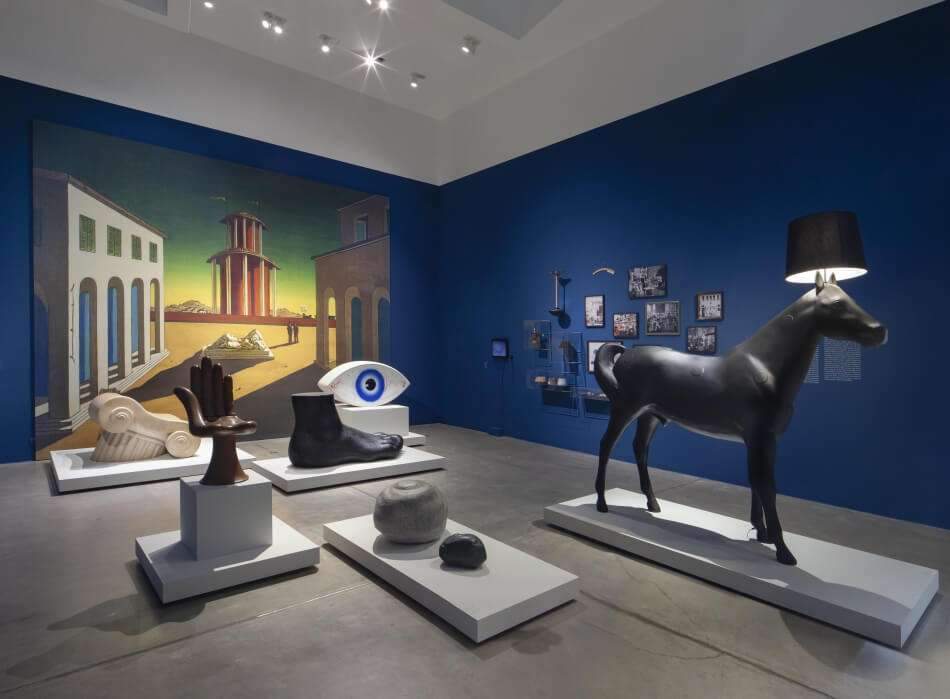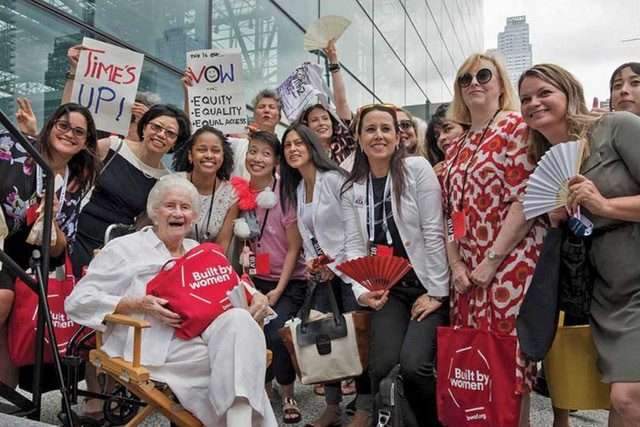Hanoi Ad Hoc 2.0 – Dwelling in Flux – Splitting, Cutting and Intercepting Everday Lives
Hanoi Ad Hoc 2.0 – Dwelling in Flux – Splitting, Cutting and Intercepting Everday Lives
Despite the narrative of historic ruptures in the making of the city, Hanoi maintains continuity between its cultural heritage. And today’s built environment is through a long-standing practice of people modifying, repurposing, and building their own homes. In the post-reform era, the tradition of informal development occurs outside of conventional urban planning. But flourishes based on customary rules, ambiguous legal status, and negotiations between citizens and the state. This flexibility can be a vernacular model of spatial intervention through. Ordinary people claim their right to the city and actualize their aspirations in the context of changing social/cultural influences.
Hanoi’s complex urban fabric is characterized by the close juxtaposition of different housing types, as well as the hybridization of different forms and ideologies within the housing types themselves. New housing adapted to the structure of the city and resulted in transformations to its historic housing stock as well as the proliferation of self-built housing between existing ones. For many decades, this enabled a mixture of social classes in Hanoi’s city center and contributed to relative stability in land and housing tenure. However, new trends drive increased spatial polarization as upper classes move to new towns on the city outskirts. Dismissed as unorganized and unsightly, Hanoi’s local urbanisms are increasingly devalued in the wake of the city’s rapid development to reorganize and “civilize” its urban landscape.
Research Method
Act I: Archive
Based on an inventory and understanding of housing development in Hanoi, we aim to analyze the types of transformation made across housing types. In contrast to common genealogical approaches to housing typology that focus on the chronological evolution of particular forms, our approach will look at a broad variety of current forms of dwelling in the city to understand the diversity and distribution of common types of adaptation. Our systematic documentation will produce a catalog of adaptation strategies and identify the drivers of transformation (to what they adapt) as well as their material and spatial composition (how they adapt). Major categories of transformation may include:
Modified form:
Since the 1990s after Vietnam’s economic reforms, liberalized policies allowed Hanoi citizens to renovate and own their own homes. Along with rapid urbanization and housing shortages, this resulted in drastic densification of Hanoi’s collective housing ranging from colonial villas that had been subdivided into multi-family housing to the modernist Khu Tập Thể estates. Families extended their living space vertically, horizontally, and by occupying gardens and public spaces. Beyond increasing function, the form also comprises the “urban facade,” and is a reflection of the aesthetic preferences of the owner. Hanoi’s vernacular cosmopolitanism includes syncretic “new French style,” as well as the popular revival of traditional wooden Vietnamese houses and vernacular climate strategies.
Modified program:
In Hanoi, the home is the primary site where families save and invest their money, as well as often where they earn a living. With few external transformations, the home is easily modified to function as a service, retail, workshop, or accommodation space, often with interchangeable programs in time. This perspective is also informed by the constantly mediated boundary between urban (communal) and domestic (private) space, from ambiguous thresholds to the appropriation of public space and external sectors like the Vietnamese nhà nghỉ motel for the extension of domestic use.
Modified culture:
Though often characterized as a rupture, many cultural practices and belief systems in Vietnamese culture have been displaced and forced to adapt to a modernizing context. As a consequence of rural-to-urban migration as well as suburbanization of Hanoi’s periphery, this has particularly resulted in rural-urban hybridities with the continued importance of growing food and medicine. Honoring ancestors and spiritual practices, and community space for gathering both physical (apartment corridors) and virtual (online “bản” communities). These localizations fill the gaps of modern architecture and form a counter-process to the globalized development dominating Hanoi today. This adaptation is also evident in the Vietnamese diaspora, where nostalgia heavily informs Vietnamese living spaces.
We’ll select case studies for a close reading of how people perceive and respond to changing living conditions in Hanoi. Rather than only focusing on individual buildings of interest as the subject of our case studies. We will investigate how family households have inhabited and transformed multiple building types. Whether moving from one home to another or inhabiting a second home or hotel room. Through our documentation, we hope to illuminate critical narratives of change and show how adaptation continues to define and expand the possibilities of Hanoi’s self-built heritage.
Act III: Provoke
In exploring the types and scales of transformation on which dwelling operates, our research identifies vernacular strategies for adaptation that can be recombined in novel ways and act as a resource for residents and homeowners today. In addition, we aim to bridge research and practice with a set of provocations that will serve as a reference for future research-led design.
From our research on the adaptation typology and case study narratives. We identify pathways and visions for the future potential of housing development in Hanoi. These alternative futures will be developed as imaginative storylines that integrate different adaptation types. And explore different scenarios for how the city might approach flexibility and openness to local initiatives and informal housing. We will speculate on the dynamics of how small-scale home adaptations influence local systems, and from there the urban context as a whole.
This project proposes that adaptive strategies can inform generic architecture and traditional typologies to offer new prototypes for housing. The theme of adaptation will serve as a provocation for Hanoi Ad Hoc’s idea competition within 72 hours. Designers can respond to one of the scenario storylines by considering how the life of a house designed today might better anticipate and incorporate adaptive responses to a changing culture, society, and climate. We argue that the need for flexibility is one of the most relevant challenges for the architecture of the future. By celebrating mechanisms of adaptation, we hope that stakeholders and decision-makers will better recognize the value of informal practices which interact with the formal processes of city planning and development.
Outcomes
Our project outcomes aim to contribute to public discussion about how city planning and management can respond to bottom-up processes of adaptation. As housing in Hanoi continues to be developed at a rapid scale, we link traditional spatial practices with contemporary experiments. And show how adaptation can inspire and expand the possibilities of Hanoi’s self-made urbanity. Project outcomes include:
Online database
Interactive map and digital archive and tools for exploring the history of housing in Hanoi. We create and publish this archive openly for use by readers, viewers, architects, scholars, and journalists. Expect it can also be an interactive tool to engage students / young citizens interested in learning about the history and culture of the city more dynamically.
Drawings & diagrams
A catalog of adaptation strategies will be documented through exemplary photos, analytical drawings, and typological diagrams. This research contributes to genealogies of urban habitats, by looking at the relationship of different housing features by form. But also by adaptive use and other models of adaptive behavior. We will also experiment with different modes of drawing everyday life and transformation through a series of anthropological drawings.
Close-read stories
Case studies and narratives of change will be chosen from our research activities. Proving especially insightful about the relationship between people’s homes and their family histories, lifestyles, and aspirations. Through a series of text and multimedia “close-read” stories. We will present different voices and approaches that engage a public audience.
Adhoc International Talk Series and Workshops
This project facilitates the exchange of knowledge between international and local researchers through a series of public-facing talks and workshops. Specialist talks will discuss significant case studies and projects in Vietnam. In addition, we will hold an interdisciplinary student workshop in cooperation with international partners. Including discussions on methodology, site visits, and the production of drawings and models for future exhibitions. A parallel workshop is planned to be held in Hanoi and Berlin, investigating dwellings in the Vietnamese diaspora.
Scenario Storylines
The development of future scenarios as a research outcome reflects the priorities of different actors and different trends in housing development in Hanoi. We will use scenario-building as a creative writing exercise to speculate on what drivers of adaptation will be most relevant and as a baseline for further research and discussions.
Design competition
Hanoi Ad Hoc will invite participation from our partners through an open design competition held in a quick-competition format. Design provocations will respond to the scenario storylines and contribute to imagined futures for Hanoi. They will showcase how architecture can transform by anticipating and incorporating different types of adaptation early in the design process.
Read more on Archup:







